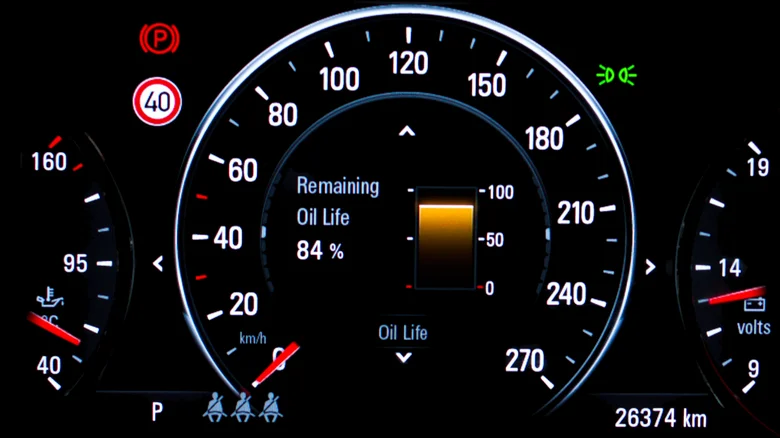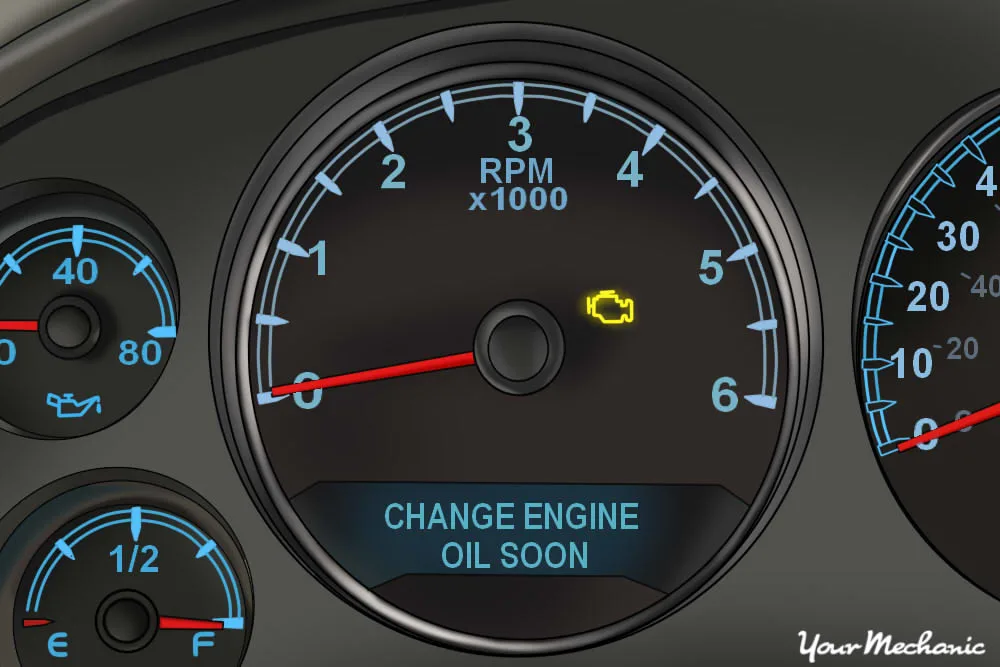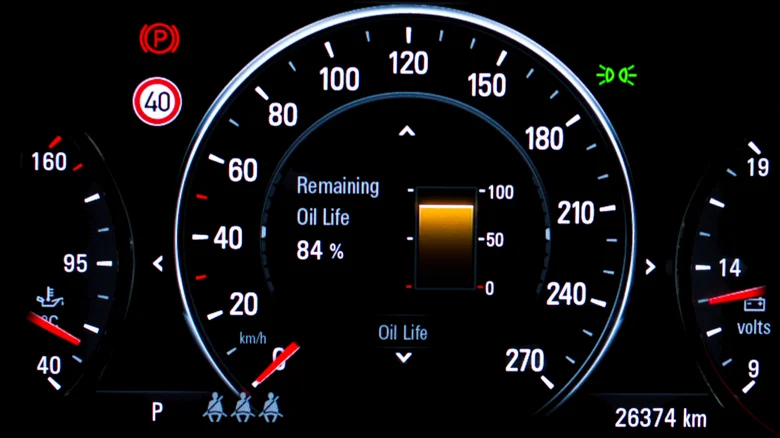Imagine you are cruising down the road, your favorite playlist humming, when a little message pops up on your dashboard; “Oil Life: 15%.” Suddenly, you are wondering, can I trust this? Is my engine about to throw in the towel, or is this just a friendly nudge?
Welcome to the world of oil life monitors (OLMs), those handy digital alerts that promise to tell you exactly when your engine oil needs changing. But how accurate are they, really?
What is an oil life monitor?

Oil life monitors are built-in systems in most modern cars that estimate how much useful life your engine oil has left. Unlike the old-school method of changing oil every 3,000 miles, OLMs use smart algorithms to track your driving habits, engine temperature, trip length, and even how often you start and stop the car. It’s like having a mini mechanic riding shotgun, constantly checking your oil’s condition.
Valvoline Global says these systems have evolved from simple mileage counters to sophisticated tools that analyze real-time data from your car’s sensors. They don’t directly test the oil, but they do a pretty good job of predicting when it’s time for a change.
Can you really trust it?

Mostly yes. Studies and expert reviews suggest that oil life monitors are generally reliable for everyday drivers. They’re especially helpful if you do a mix of city and highway driving, or if your routine includes lots of short trips that don’t let the engine fully warm up.
As Ran When Parked explains, these systems are designed to adapt to your unique driving style. That means someone who drives 10 miles to work every day in stop-and-go traffic might get an oil change alert sooner than someone who cruises long distances on the highway.
But there’s a catch; oil life monitors don’t actually test the oil’s chemical makeup. So while they’re great at estimating, they’re not perfect. If your car sits unused for long periods, or if you drive in extreme conditions—like dusty roads or very hot climates—you might want to change your oil a bit sooner than the monitor suggests.
The bottom line
Oil life monitors are a smart, convenient way to stay on top of maintenance. They help reduce unnecessary oil changes, which is good for your wallet and the environment. But they’re not a substitute for common sense. If your engine sounds rough, smells burnt, or your oil looks like sludge, don’t wait for the dashboard to tell you what to do.
For peace of mind, you can always check your oil manually or ask your mechanic for a quick inspection.




